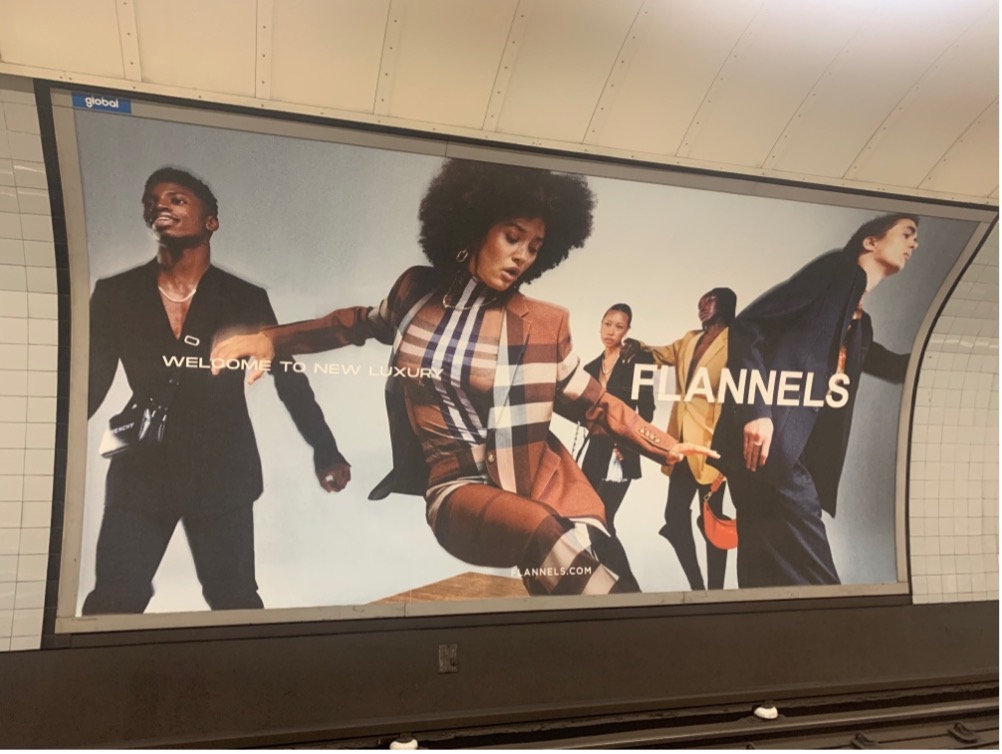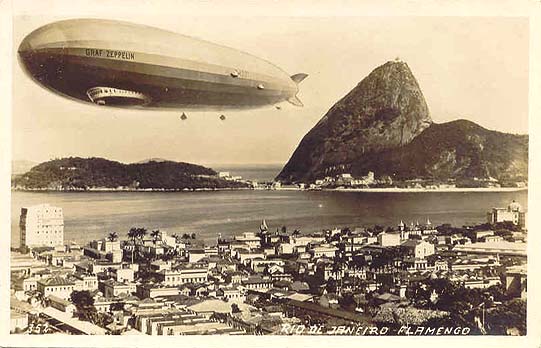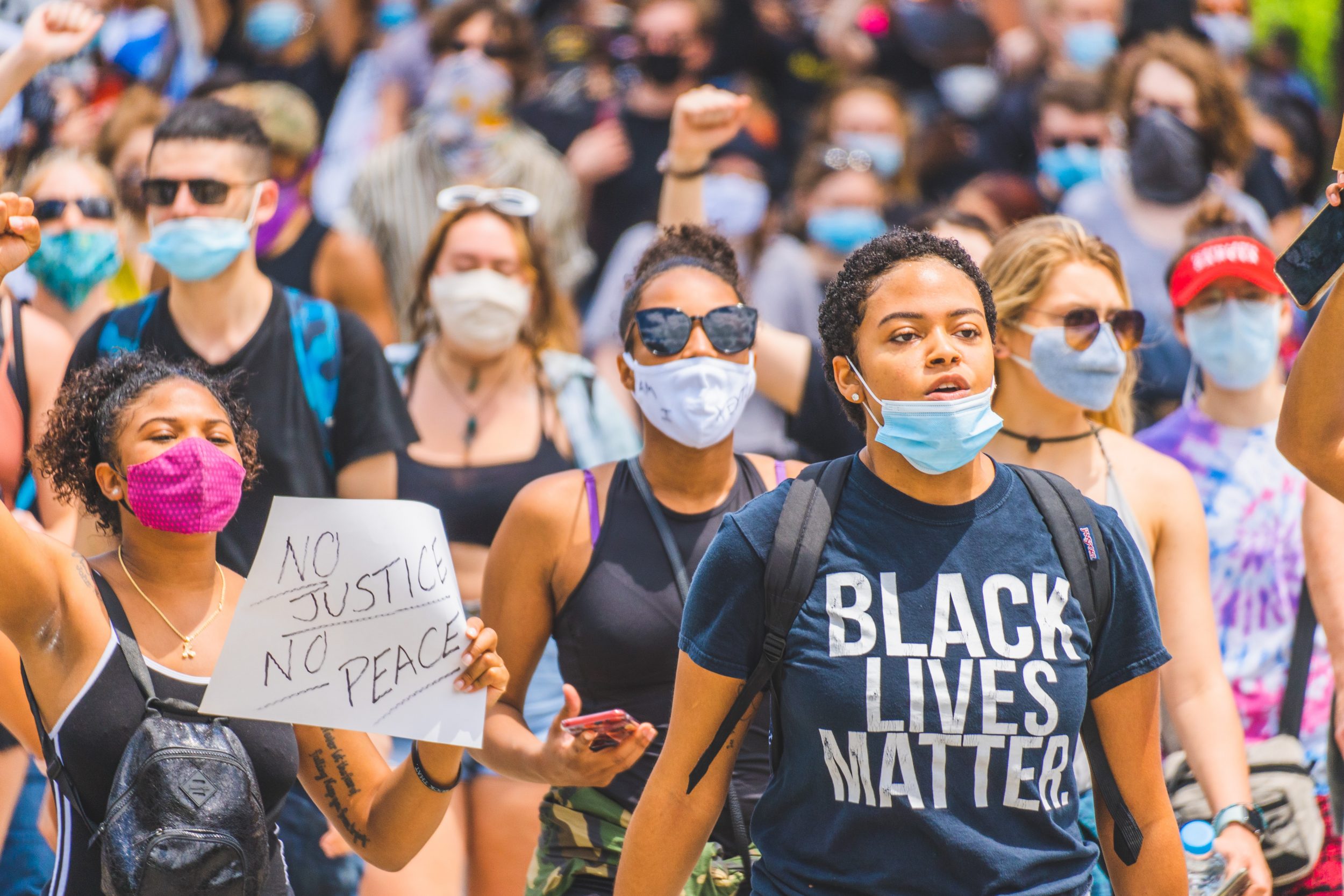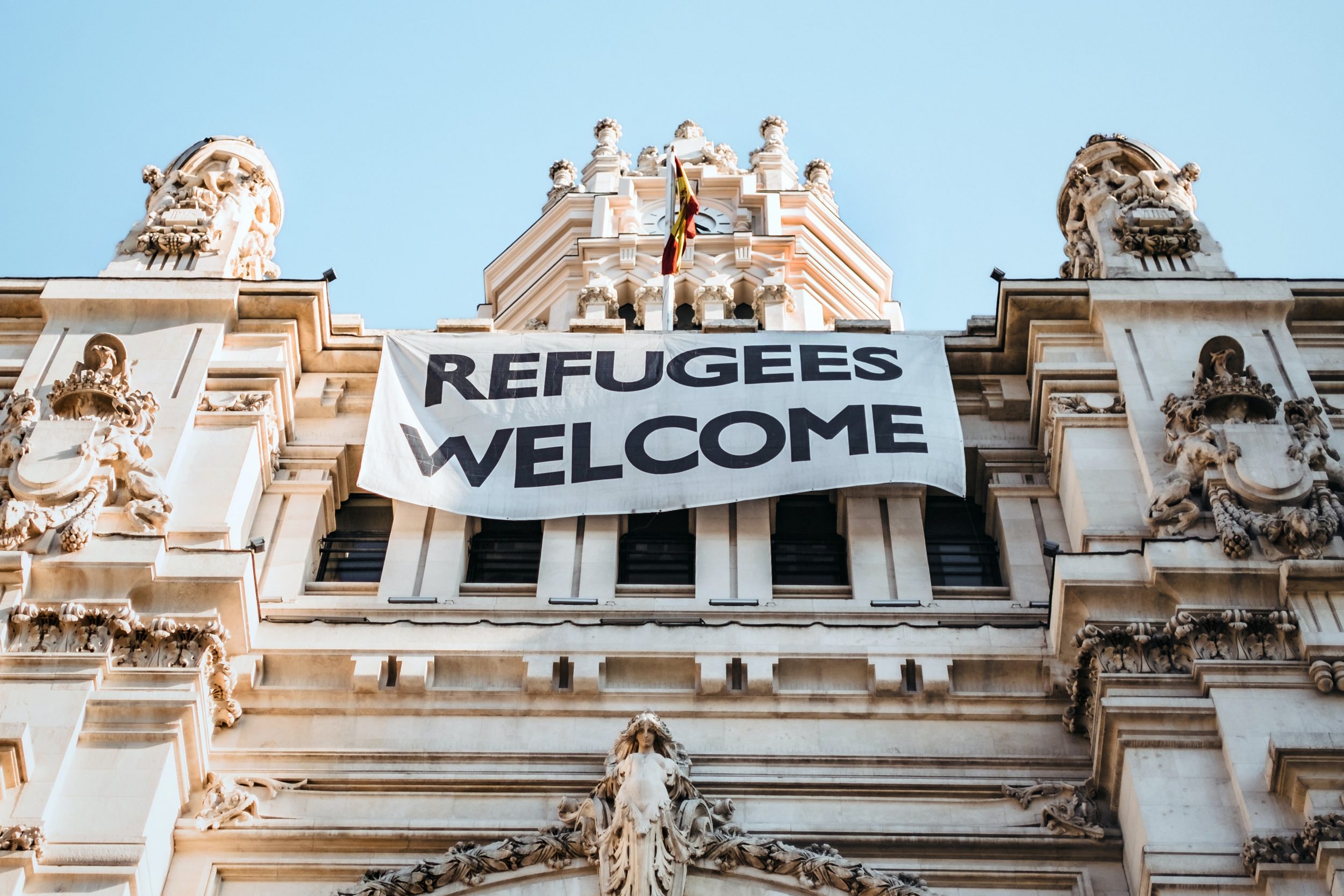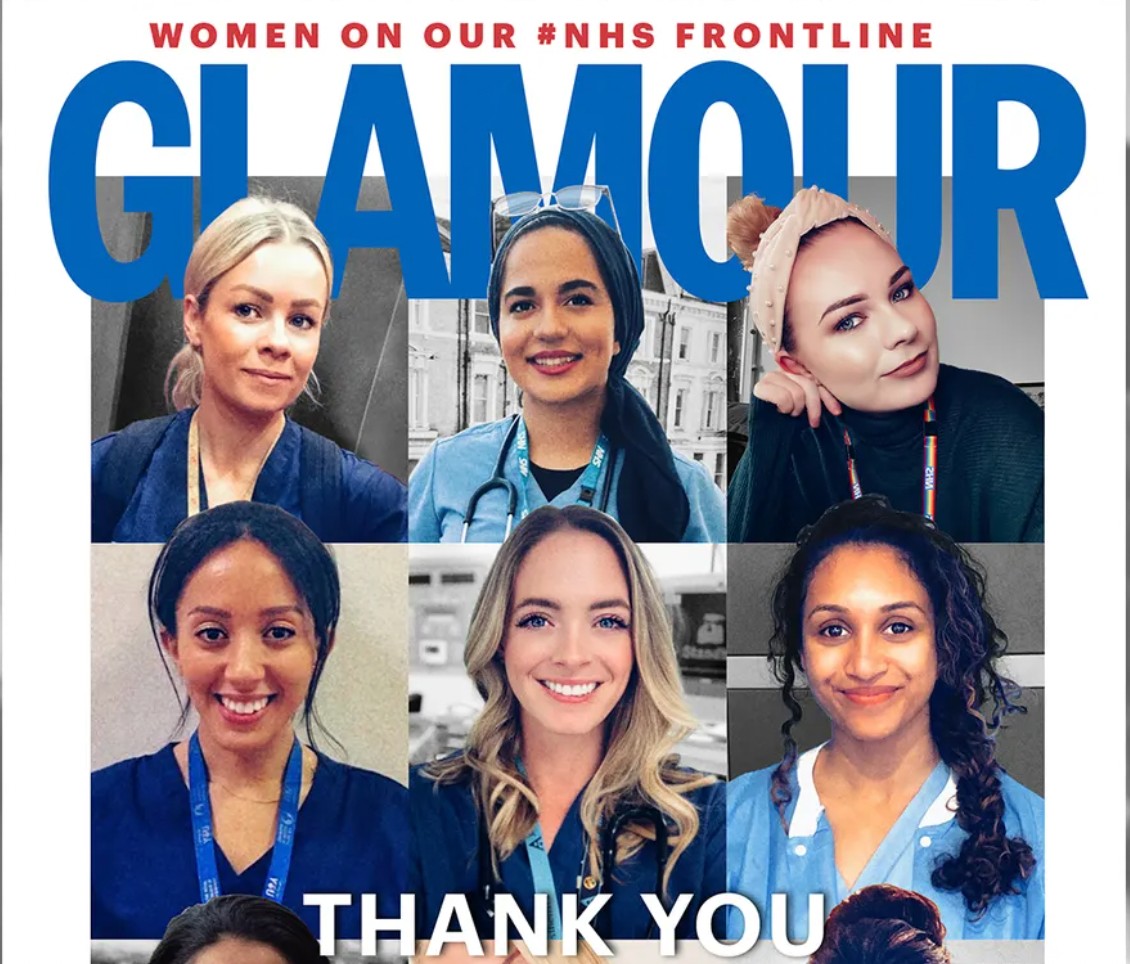
 This conversation between two Black female intellectuals started during an LSE Department of Media and Communications Research Dialogue in September 2022 when communication scholar Dr Laura Guimarães Corrêa presented her thoughts on “Neoliberal empowerment and advertising: looking at race + gender + class in urban communication”, which is part of her current investigation about the images of Black women in London. Dr Suzanne Temwa Gondwe Harris, a social science researcher and a Fellow at LSE whose current research has been looking into the habitual denial and invisibility of Afro-descendants in South America and the commodification of Blackness by (I)NGOs in Africa through platformed racism, has also been interested in racial politics of Blackness in London’s urban advertising.
This conversation between two Black female intellectuals started during an LSE Department of Media and Communications Research Dialogue in September 2022 when communication scholar Dr Laura Guimarães Corrêa presented her thoughts on “Neoliberal empowerment and advertising: looking at race + gender + class in urban communication”, which is part of her current investigation about the images of Black women in London. Dr Suzanne Temwa Gondwe Harris, a social science researcher and a Fellow at LSE whose current research has been looking into the habitual denial and invisibility of Afro-descendants in South America and the commodification of Blackness by (I)NGOs in Africa through platformed racism, has also been interested in racial politics of Blackness in London’s urban advertising.
In conversation: Dr. Laura Guimarães Corrêa & Dr Suzanne Temwa Gondwe Harris
Suzanne: I have to be honest; I’ve never been drawn to the field of advertising in my own research, but the cultural and ideological processes behind these constructed representations of, in your case, Black women, is really telling of how certain images can be efficient carriers of socio-cultural and political information, which requires us as viewers to engage in moments of reflection, selection and judgment. Given this polysemic quality of interpreting and studying images, please tell me more about your research and the direction its heading.
Laura: The ideas and images that I presented during the Research Dialogue are part of my research exploring discourses of and about Black women in London’s urban communication, especially in advertising and street art. It’s in its early stages, so this Dialogue was an opportunity to exchange and talk about my investigation, which takes a critical and intersectional approach to the representations of race and gender in the media. I have been analysing the portrayal of minoritised people in Brazilian media and popular culture for many years. In that country, most of the population identifies as Black, but it’s a well-known fact that this group is heavily underrepresented in the media. In London, we see a different phenomenon, there seems to be an overrepresentation of Black people in advertising. This is striking to me, given that the Black population in comparison to Brazil is much smaller here, even in a diverse city such as London. So far, I have collected around 300 images which I’m now classifying, and I must say, it’s fascinating material for analysis!
Suzanne: I agree! When I was viewing your images during the Research Dialogue, they really spoke to me, both personally and professionally. Having lived in London for 12 years before returning last year after 8 years abroad, I was taken aback by the excessive presence of Black and Brown bodies in all forms of advertising, from every other TV advert using interracial couples and families to Black models dominating high fashion campaigns – Black and Brown bodies were no longer just the focus of national and international non-governmental organization (I)NGO campaigns which for decades displayed this homogenous visual trope of the starving, nameless, unsituated African child. This visual overexposure of Black and Brown bodies really struck me with a feeling of unfamiliarity but also curiosity, and your research validated this shift in what I was seeing.
Laura: It is very interesting to hear your perception of the changing images of Black people in the UK throughout the years. Where do you think this shift came from?
Suzanne: I haven’t thought about this at great length, but given the historical and contemporary debates around systemic racism in this country, I believe this shift has been a response to these. There has been a growing resistance to the dominant, namely White, heteronormative narratives and image-making processes that have, over the decades, created this unquestioned exclusion of ‘others’ in media spaces. There has also been a new wave of race-conscious casting (see Kristen J. Warner’s 2015 book), which some have argued is a social corrective to the often neglected corporate social and ethical responsibility mandates. While this may be true, I also believe that there is a financial incentive. There is a strong Black middle-class here in the UK and many corporations wish to exploit this opportunity to market their products. What about you, where do you think this change came from?
 Laura: I agree with you: these changes are not a gift from advertisers, it is not as if they suddenly realised that Black people should be portrayed in a positive way. This is the result of historical anti-racist struggles for visibility, against prejudice and stereotyping. Acts of resistance are as old as processes of dominance. Patricia Hill Collins has warned us about the control images of Black women in popular culture and we can see change in the quantity and the quality of some of these representations. I see this phenomenon of increasing visibility of Black women (and other minoritised groups) as an ongoing process, linked also to the ideas of authenticity and commodity activism, which are part of contemporary advertising and marketing practices. This is not totally new, but it is evident that there has been a racial turn in the last years, provoked by movements like Black Lives Matter and the global uproar after the murder of George Floyd.
Laura: I agree with you: these changes are not a gift from advertisers, it is not as if they suddenly realised that Black people should be portrayed in a positive way. This is the result of historical anti-racist struggles for visibility, against prejudice and stereotyping. Acts of resistance are as old as processes of dominance. Patricia Hill Collins has warned us about the control images of Black women in popular culture and we can see change in the quantity and the quality of some of these representations. I see this phenomenon of increasing visibility of Black women (and other minoritised groups) as an ongoing process, linked also to the ideas of authenticity and commodity activism, which are part of contemporary advertising and marketing practices. This is not totally new, but it is evident that there has been a racial turn in the last years, provoked by movements like Black Lives Matter and the global uproar after the murder of George Floyd.
I also agree that there are direct commercial interests in this shift and that there is a demographic change: London is becoming rapidly more racially diverse. Besides the Black British population of Caribbean and African descent, since Brexit the UK has been attracting many young English-speaking Black students and professionals coming from African countries, so there is an increasing population of new Black consumers and young (intraracial and interracial) couples who are changing the characteristics of the population. My research has not been concluded, but I can see these factors reflected in some of the ads, especially the ones which advertise education services, fashion, technology, bank services. I seek to discover what images of Black women in British advertising can tell us about race, gender and class in contemporary societies and how these categories are interwoven.
Suzanne: I certainly think they can tell us a lot, and I think your research will add to the wider analytical debates provided by scholars such as Hortense Spillers, Armond R. Towns and Ruja Benjamin, who have argued that Black and Brown bodies exist within certain mediated spaces to serve particular functions. So, we must first ask ourselves, who does the media operate for? Who do they see as having value and who does not? And what is the meaning of this value – is it purely financial if seen through the capitalist neoliberal lens? And could such visibility become counterproductive to the public’s understanding of Blackness in the British context?
Laura: These are important questions. Picking up on your point about seeing this shift through a neoliberal lens, I’m also interested in the ideas of power and individual x collective empowerment (as discussed by scholars such as Paulo Freire, bell hooks, Patricia Hill Collins, Sarah Banet-Weiser) that are conveyed in these representations of Black women; especially their contradictions and ambivalences in a global and unequal city such as London. So, why are these images there? In Regent Street, King’s Road and Soho, which are expensive areas in London, designer shops are displaying glamorous Black women in their windows, most with natural hair. I see this visibility as a positive change, which is much better than the erasure of racialised people. Nevertheless, it is noticeable that these “diverse” women look very young and very slim, showing that not all bodies are welcome to the fashion world. I could also notice that, although images of racialised women were almost omnipresent in these places, this was not the demographics of people who were on those streets as consumers. Obviously, tokenist representation and consumption do not solve (it sometimes worsens!) the insidious and tragic problems of racism and exclusion; and we have to think intersectionally about race, gender and class, among other categories, to analyse the phenomenon. What are your perceptions about the representations of Blackness, considered that you’ve worked in different geographical contexts?
Suzanne: My forthcoming research is focuses on the representations of Blackness by the (I)NGO sector, which has faced numerous accounts of public scrutiny in relation to poverty porn, and more recently racism both internally and through the visual representations of Black, Brown and Indigenous peoples in their campaign materials. Similarly, to the corporate marketing that you reference in your work, (I)NGOs essentially focus on their bottom line rather than the wider implications that representations have on our communities both in the UK and on the continent. And when I think about representations of Blackness in the (I)NGO sector or on the streets of London, it always makes me think about the opening paragraphs of Mark Sealy’s book on Decolonising the Camera: Photography in Racial Time, where he argues that certain people remain ‘subjects’ in a “violent system of continual exposure”. For me, both (I)NGOs and the corporate brands you mention on Regent Street and King’s Road are fully aware of the power of their image making practices. It is not merely an aesthetic exercise of a photographer or content creator, but an exercise of social, cultural, economic and ideological power. While we as viewers can extract different meaning from what we see, the power to expose the public to these normative default constructions of race and ethnicity within these historically White dominant spaces exerts multiple meanings that many viewers often miss. For example, your point about the demographics of consumers on Regent Street and King’s Road illustrates how certain groups remain the viewers or spectators of Blackness and for Black and Brown bodies to be viewed, which reflects the same demographic split with those spectators of the starving, nameless, unsituated African child in (I)NGO campaigns. Therefore, attempts to address inclusion in my opinion can often further reinforce exclusion by symbolically legitimizing and naturalizing certain representations over others.
Laura: This is so interesting! I think photography (and other visual processes and expressions) can be used as a tool for domination but also – and importantly – for subversion and resistance. In art, resistance is still possible. Advertising might bring some trends and claims to the surface, it might reverberate some changes, but it will not be revolutionary due to its role in the maintenance of the status quo and of the interwoven systems of domination.
Suzanne: I agree – my only concern is that these visual forms of subversion and resistance often remain in less visual spaces, but nevertheless are contributing to an important shift in challenging the status quo.
Laura: And this is why I use the framework of intersectionality in my research, as it helps us to see the importance of taking into consideration race, gender and economics when analysing contemporary images of racialised women – particularly when it comes to advertising. And we need it even more when analysing contemporary diverse and complex societies such as London.
Suzanne: I feel that we could go on and on (and we will), but for now let me thank you for taking the time to talk to me and I can’t wait to see what you produce from your 300 images of Black women in London.
This article represents the views of the authors and not the position of the Media@LSE blog, nor of the London School of Economics and Political Science.
The above images are part of Laura’s research “Intersectionality and Communication: race, gender, activism and empowerment in the neoliberal context”. ©Laura Guimarães Corrêa
Laura’s headshot credit: ©Mayara Laila


